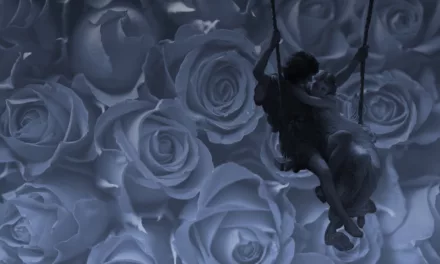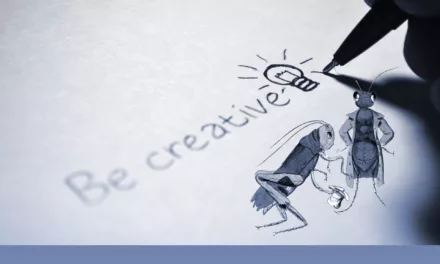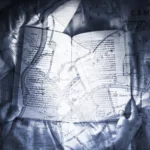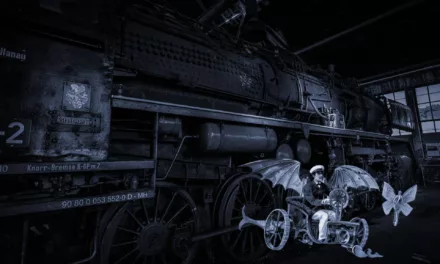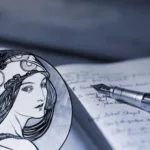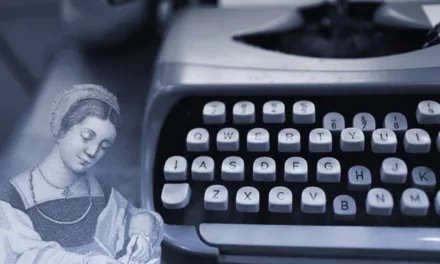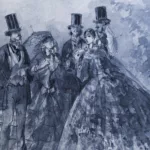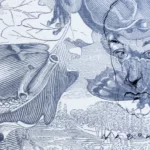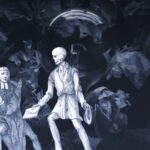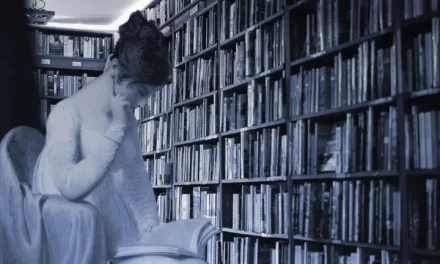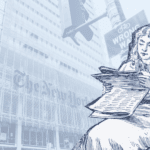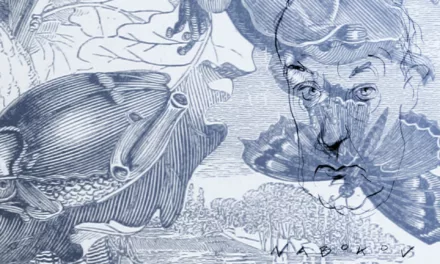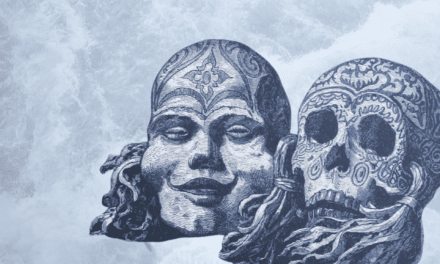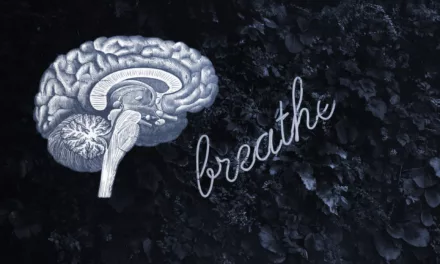
What is the difference between plagiarism and inspiration?
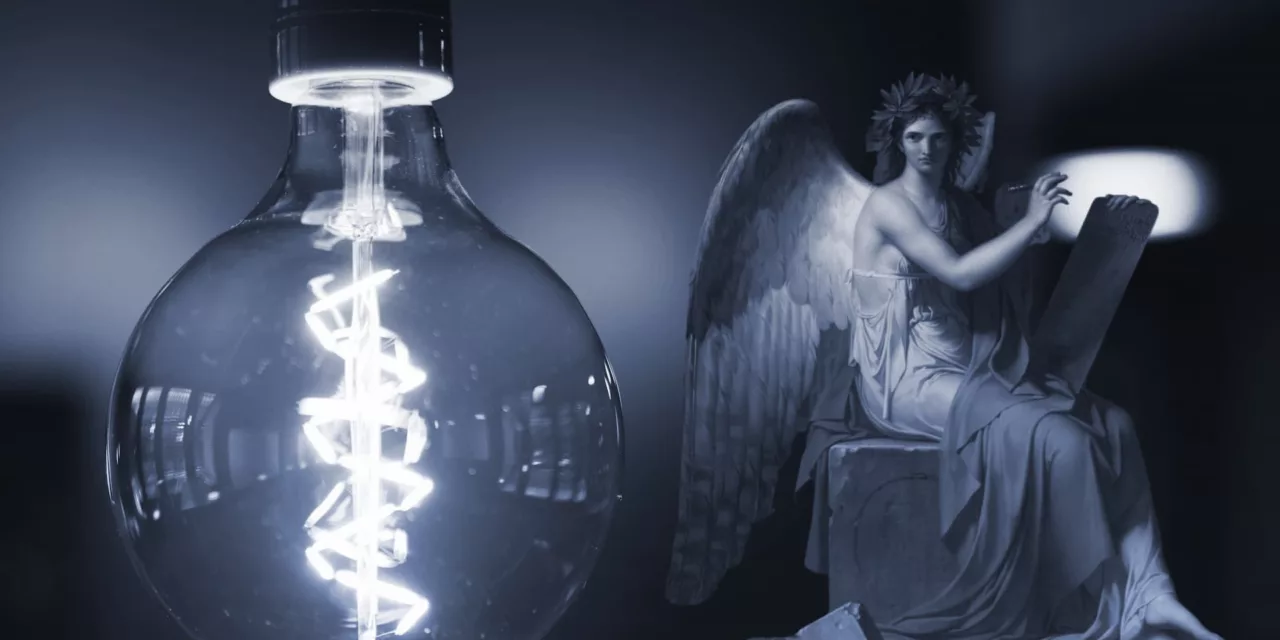
“My newest book idea is inspired from a graphic novel duology, especially the second one. However, I’m afraid the stories are becoming too similar. Several elements are the same, and some are heavily inspired. (Most aren’t figured out yet, I’m in the early stages) What I want to know is where the line is between inspiration and plagiarism. Or, strategies that can help me make my story more original.”
We’ve all faced that moment of doubt when we revisit our work and think, “wait, isn’t this just that thing I love?” It’s to be expected. Every day, we surround ourselves with books, television, films, and music that we love, so it’s only natural that the things that speak to us also start to influence our writing.
The problem comes when that love moves past the point of inspiration and into plagiarism, and it can often be difficult to see the line where inspiration ends and plagiarism begins. Writers can be legitimately influenced by general story structures and conventions that are common within their genre. That isn’t plagiarism; it’s working within established conventions that readers understand and expect.
Additionally, being inspired by other authors’ storytelling techniques is a natural part of developing as a writer. You might admire how one author handles perspective shifts, or how another creates tension, and learn from these techniques to develop your own style.
There’s nothing wrong with drawing inspiration. No two writers working on the same idea in isolation will produce exactly the same work, so let’s explore the difference between plagiarism and inspiration so you can be confident in releasing your words into the world.
What is the difference between plagiarism and inspiration?
Fundamentally, the difference between inspiration and plagiarism comes down to originality, transformation, and attribution. The key differences are:
Inspiration
- Drawing from themes, styles, or concepts in existing works but making them your own.
- Taking a general idea (e.g., the hero’s journey, a dystopian society, or a tragic love story) and adding original characters, settings, and conflicts.
- Paying homage to a writer’s style or tone while crafting unique content.
- Using historical events, mythology, or folklore as a foundation for an original narrative.
An example could be a writer inspired by Frankenstein who creates a sci-fi novel about artificial life being misunderstood and rebelling against its creators. The themes are similar, but the execution is different.
Plagiarism
- Copying or mimicking someone else’s work without permission or attribution.
- Using exact phrases, world-building elements, characters, or dialogue from another source without significant transformation.
- Presenting another writer’s work as your own, whether intentionally or due to negligence.
An example of plagiarism could be a writer taking passages from Frankenstein, slightly altering the wording, and publishing it as their own novel.
Key Differences
| Inspiration | Plagiarism | |
|---|---|---|
| Originality | Creates something new | Directly copies ideas/words |
| Transformation | Builds on concepts with fresh execution | Minimal to no changes from the source |
| Attribution | May acknowledge influences | Does not credit the original creator |
If you’re ever in doubt, ask yourself: “Am I transforming this idea into something uniquely mine, or am I just copying it?”
Why everything feels derivative (and why that’s okay)
All creative work builds upon what came before. Even Shakespeare borrowed heavily from existing stories and historical accounts. What matters is how you transform and combine influences to create something new.
You can’t copyright common story elements like a plot structure, character archetypes, story tropes, or literary conventions. If everyone in the world woke up tomorrow and decided that they wanted to use the hero’s journey story structure to write a chosen one story set in a magic school for werewolves that included a love triangle, that would be fine. It would only be plagiarism if one of those writers looked over the other’s shoulder and copied their work.
The key is transformation and making the story your own. Even if you’re working with familiar elements, your unique perspective, voice, and experiences will naturally shape the narrative into something different. Think of creative elements like ingredients. While many chefs might use the same basic ingredients, each dish becomes unique through their individual preparation methods, combinations, and personal touches.
Sense check
So how can you determine whether your story crosses the line from inspiration into plagiarism? Ask yourself these questions when evaluating your work:
- Could someone read both works and clearly see they’re different stories?
- Have you added enough original elements to make it your own?
- Are the similarities limited to common tropes and conventions?
- Does your story offer a new perspective or insight?
- Would your story still work if the inspiration didn’t exist?
The line between inspiration and plagiarism often comes down to transformation and originality. While it’s okay to be inspired by the world of others, your story should stand on its own merits. Focus on adding unique elements, combining diverse influences, and telling the story only you can tell.
Acknowledge your influences, but trust your unique voice and perspective. Falling back on plagiarism often happens when you don’t trust your own vision and talent, so write with confidence, and you’ll see your story come together in unique ways, even if you have drawn inspiration from other sources.

